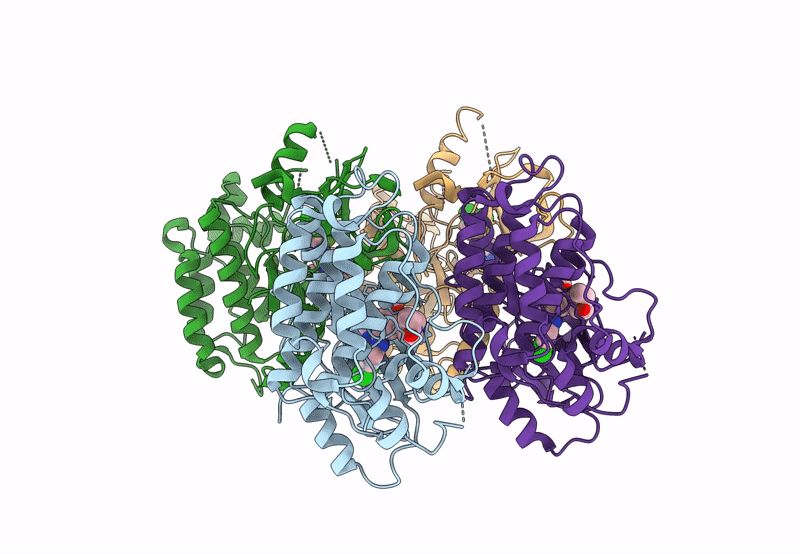
Deposition Date
2022-11-06
Release Date
2023-11-08
Last Version Date
2024-11-06
Entry Detail
PDB ID:
8F1W
Keywords:
Title:
EGFR(T790M/V948R) kinase in complex with poziotinib
Biological Source:
Source Organism:
Homo sapiens (Taxon ID: 9606)
Host Organism:
Method Details:
Experimental Method:
Resolution:
3.20 Å
R-Value Free:
0.27
R-Value Work:
0.23
R-Value Observed:
0.23
Space Group:
P 1 21 1


